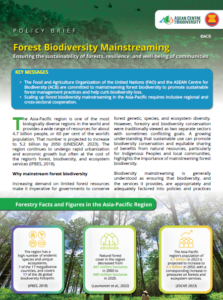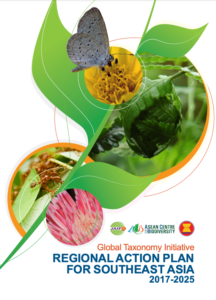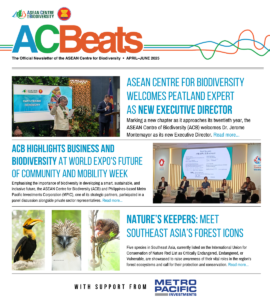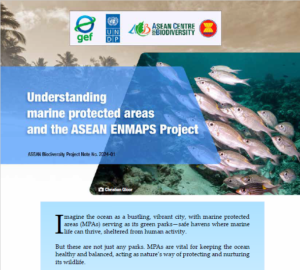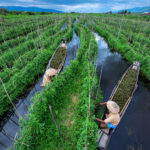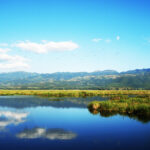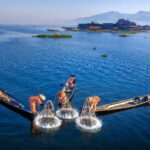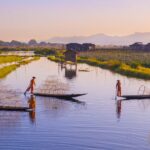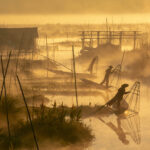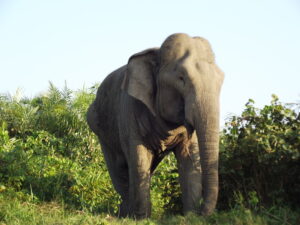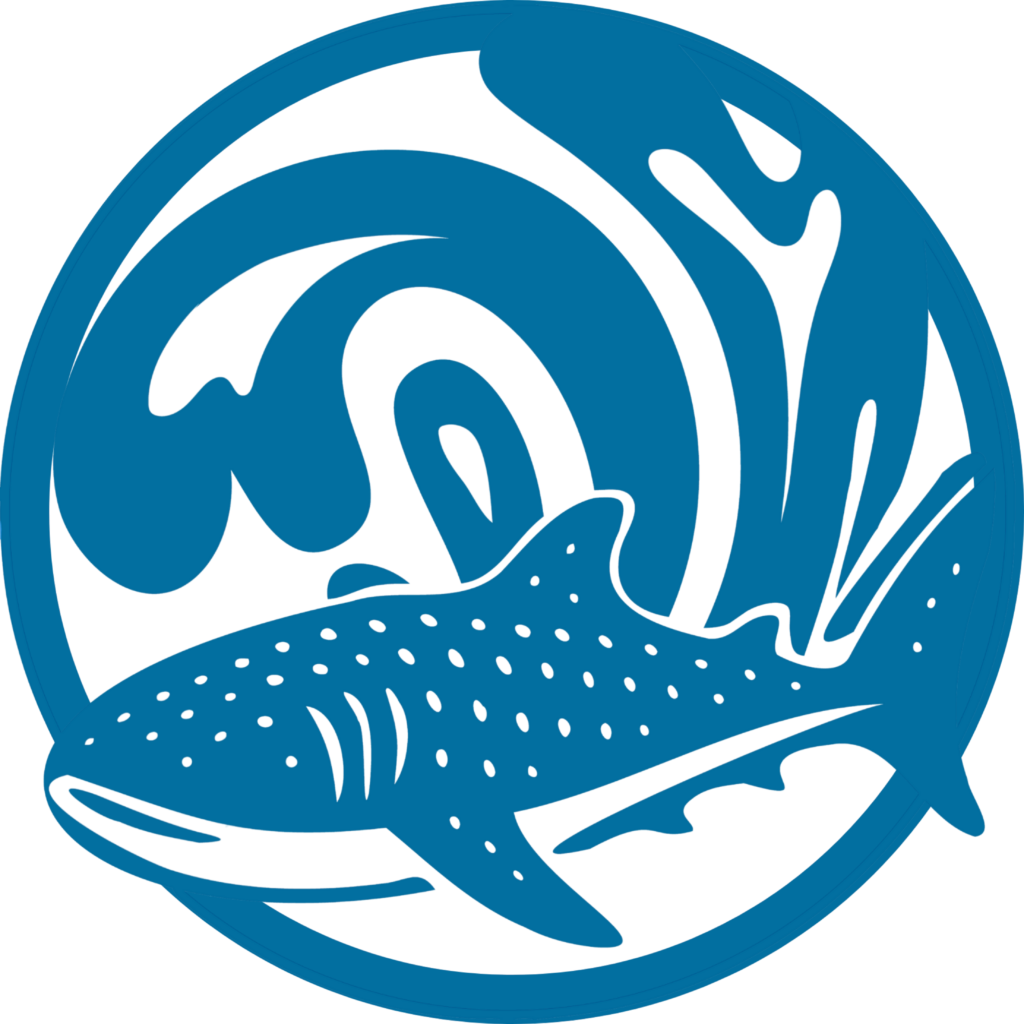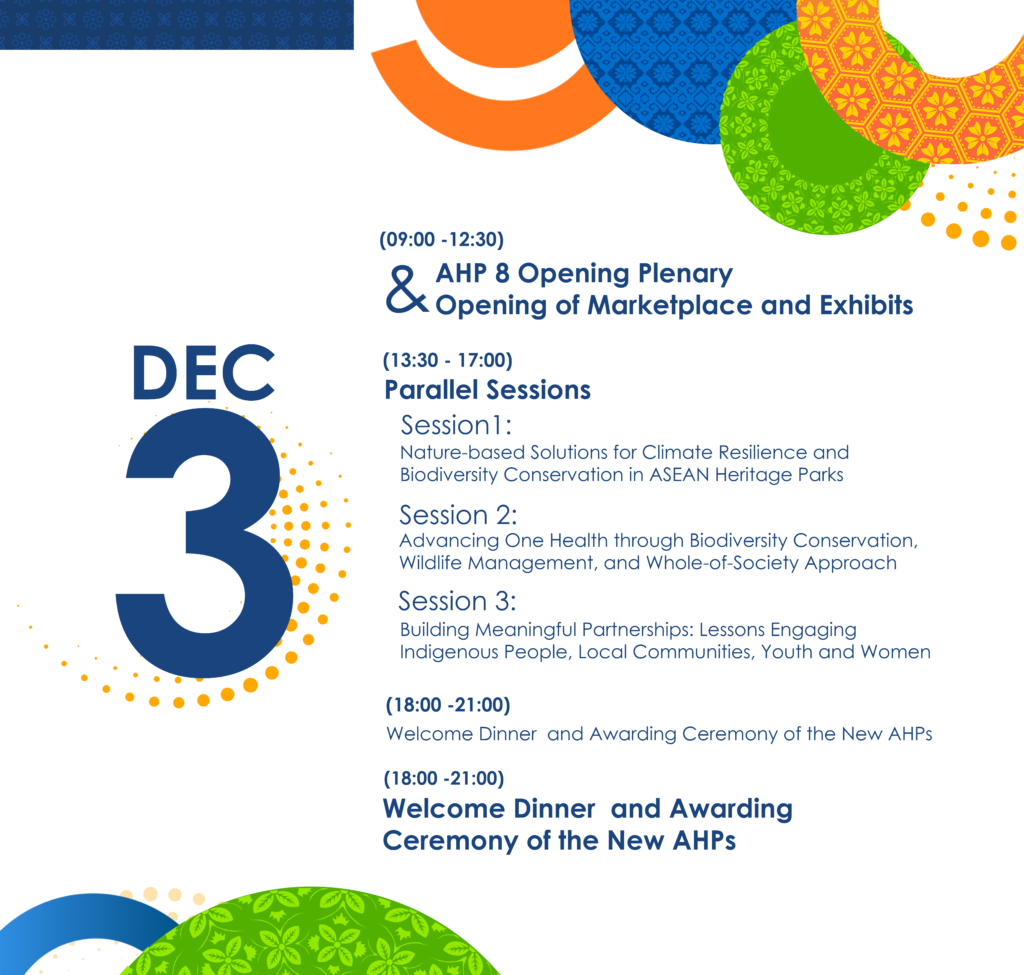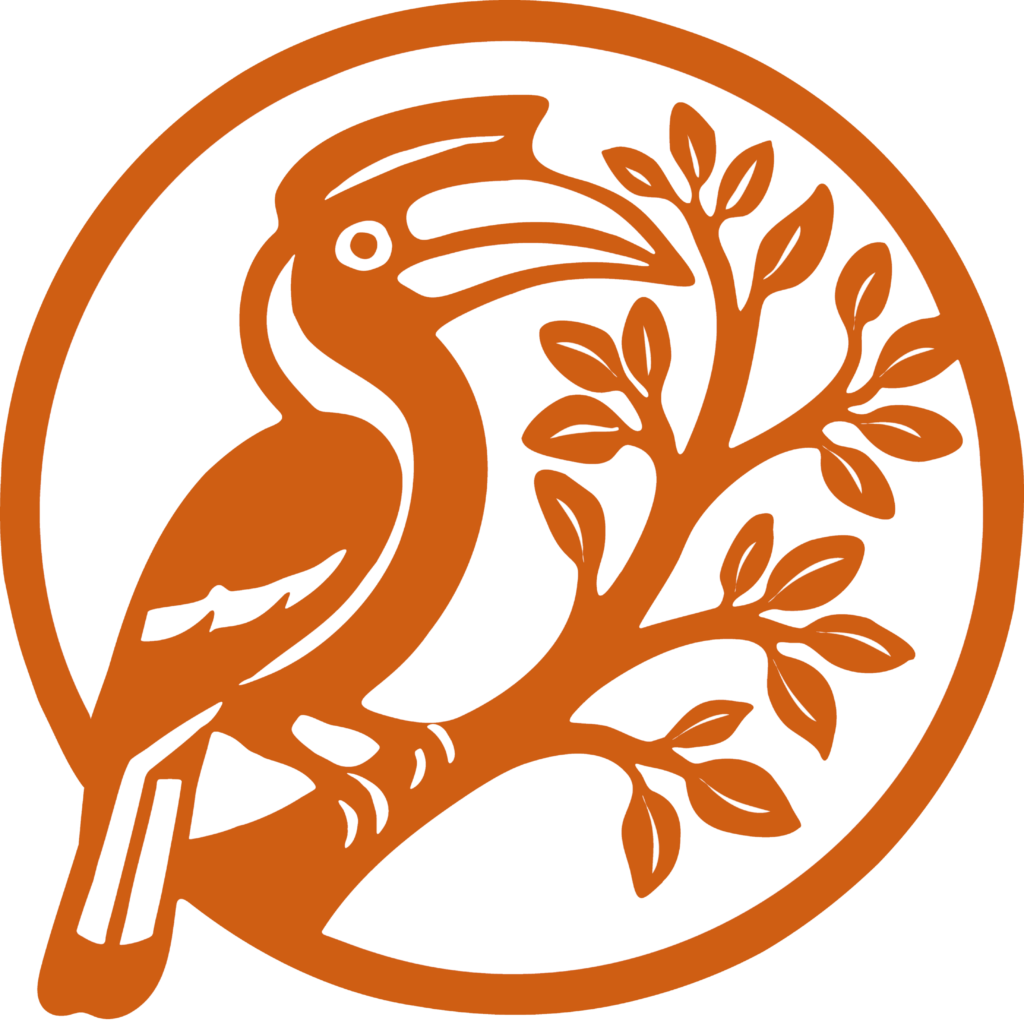Known for its “floating gardens”, this sanctuary is an important watershed and water source for electricity and domestic use for people living in the small villages that straddle the lake.
Unique Flora: Wetland sedge, reeds and evergreen flora growing in natural floating islets like Oryza hydrophasia, Chirugus granulate, Dalbergia spinosa, Hypericum prunizolium, Colladium sp., Desmodium oblongum, Enhydra fluctuans, Panicum sarmentosum; Salix tetrasperma, Ficus sp., Crataexa nurvala, Mitragyna parvizolia, and Salmalia malabarica syn Bombax malabaricumg rowing in shallower water or on the shores; rare medicinal orchids
Unique Fauna: Fish species like ngapweh (Chaudhuria caudata) and ngaku-shinpa (Silurus burmanensis; migratory bird species like the sarus crane (Gru santigone), purple swamp hen (Porphyrio porphyrio) and black-winged stilt (Himantopus himantopus); resident birds and other species such as the lesser whistling ducks(Dendrocygna javanica); pheasant-tailed jacana, cattle egret (Bubulcus ibis), purple heron and little comorant (Phalacrocorax niger); greater spotted eagle (Aquila clangga); Indian shimmer (Rynchops alhicolia)


